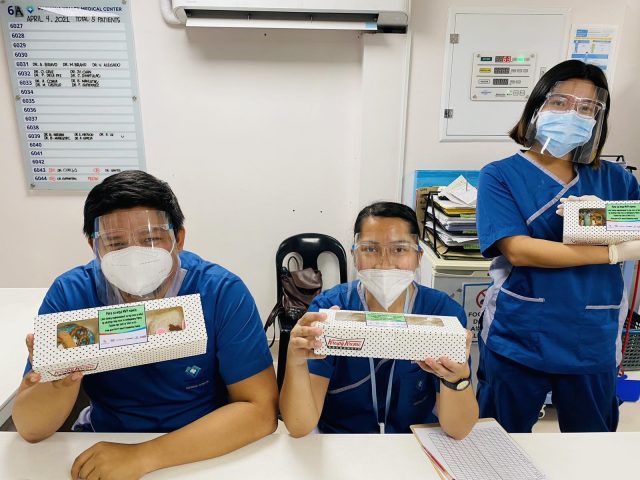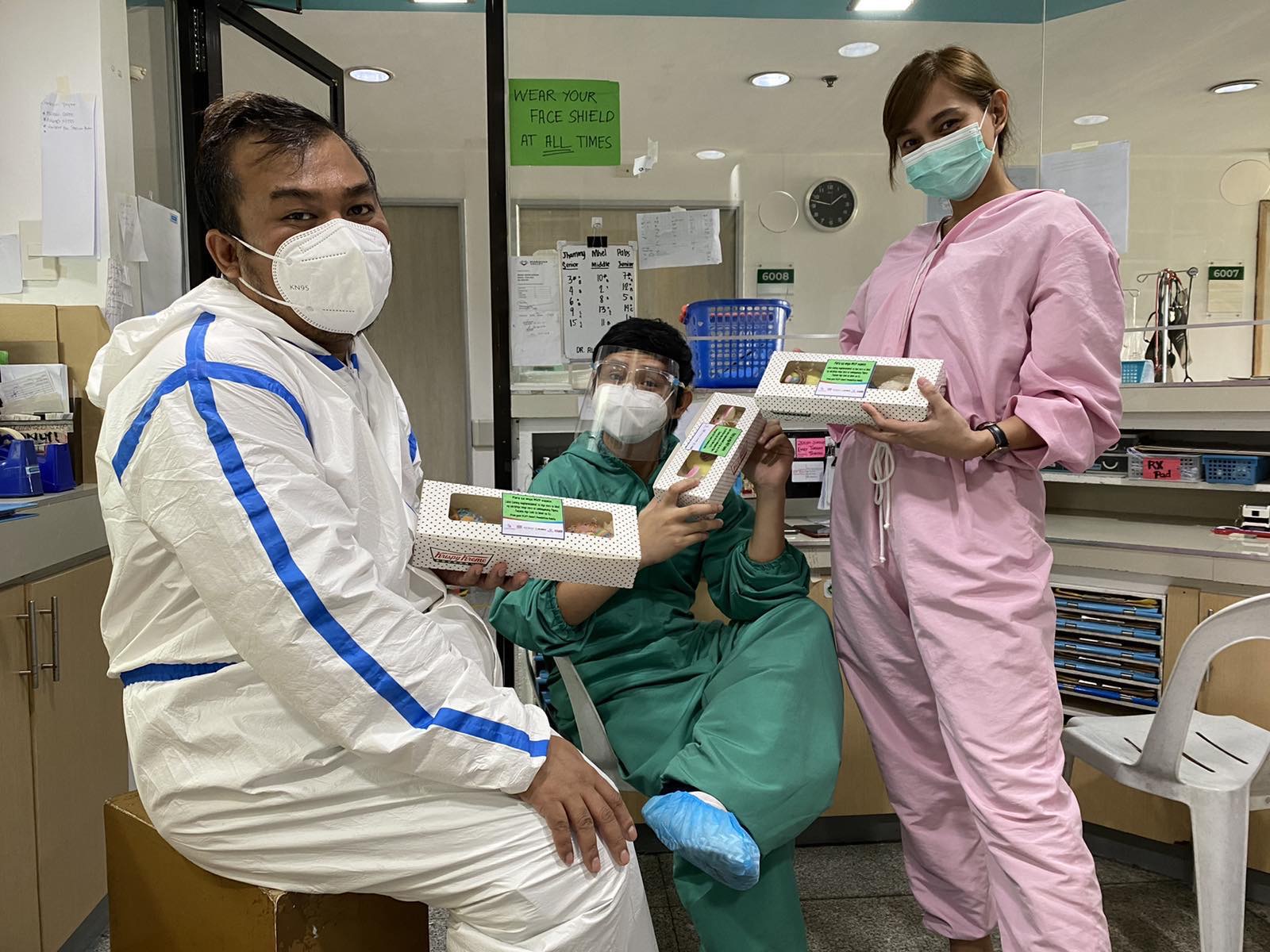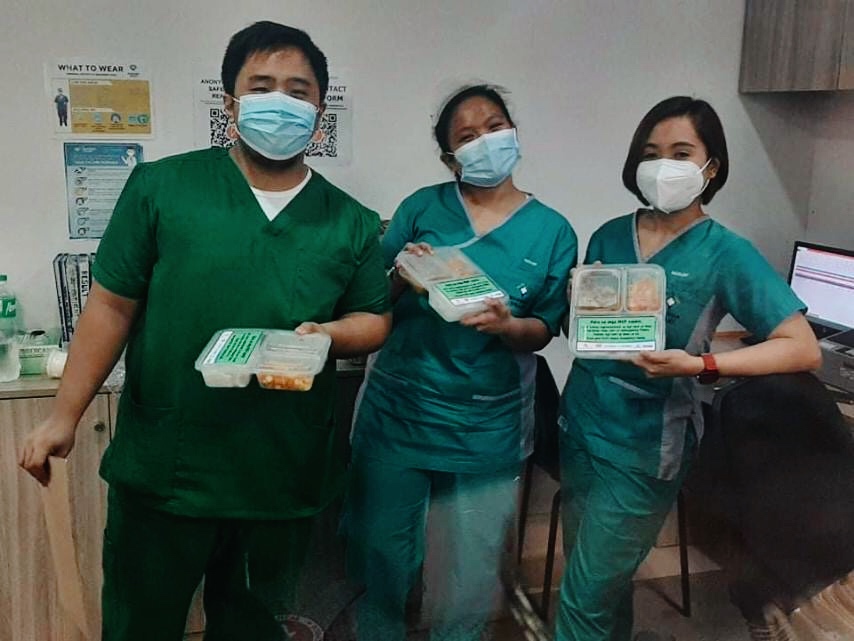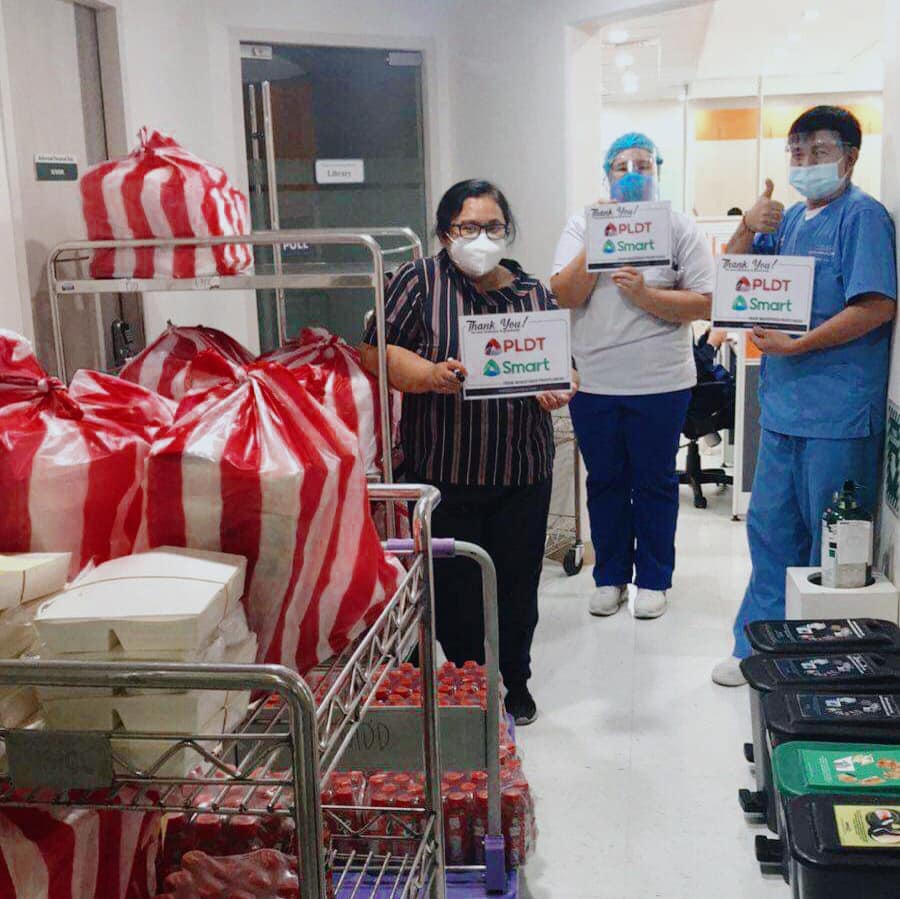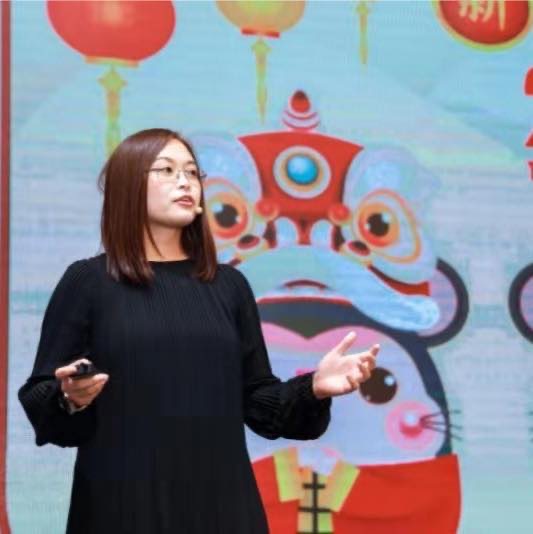How pandemics change the course of history

WHEN COVID-19 first arrived last year, everyone’s go-to historical parallel was the 1918 influenza pandemic. Precisely because it was so fleeting, it’s hard to find evidence that it caused a sweeping reorientation of everyday life. In its wake, most people simply forgot what happened. Other global pathogens stayed longer and had much bigger impacts on society.
Consider what followed the double-shot of diseases that hit the Roman Empire: the Antonine Plague, which raged between the years of 165 and 180, and the Cyprian Plague, which hit in 249 and lingered into the 260s. At least one or both of these are believed to be ancestors of modern-day variola virus, better known as smallpox.
When these plagues arrived, Christianity was a fringe religion. The sociologist and religious scholar Rodney Stark has argued that the response to the outbreak among this small sect helped propel Christianity to dominance, destroying the older, pagan faiths along the way.
Stark contends that unlike pagans, who fled, Christians responded to the disease with religious charity. They nursed the sick, pagan and Christian alike. They offered a compelling case for a better religion by proselytizing while providing the kind of palliative care — food, water, and basic comforts — that often made the difference between living and dying.
Stark’s research suggests that the Christians — especially younger, childbearing women — basically outlived their pagan counterparts; they also converted many of the survivors. Consider the fact that state-sanctioned religions basically left people to die, and the reasons for the meteoric rise of Christianity in this period becomes all the more clear.
The Black Death, or bubonic plague, killed off a quarter of Europe’s population in the 1300s, making it one of the worst outbreaks in human history. It also unleashed unspeakable violence against Jews. Many survivors fled to what is now Poland and other parts of Eastern Europe, setting in motion the next stage of the Jewish diaspora.
This plague left behind more positive legacies, too. Though historians argue about the precise impact, the pandemic left feudal Europe with a serious shortage of peasant labor, elevating the bargaining power of the survivors. This had all manner of unanticipated effects, with the first minimum wage established in the pandemic’s wake as well as far more consequential challenges to the social order.
Approximately a decade after the first wave of bubonic plague, popular revolts swept Europe. A recent study by medievalist Samuel Cohn found that these disturbances were not the work of people protesting food shortages or working conditions. Rather, the survivors’ demands were political, targeting the strictures of feudal life. The plague, he argues, begot what he calls “a new confidence on the part of peasants, artisans, and workers that they too could change the world.”
More recent outbreaks of disease have been less catastrophic, but consequential nonetheless. Consider cholera, a bacterial disease that attacked the intestinal system, often killing victims in the space of hours. Though it originated in India, it did the most damage to industrial cities in the West, thriving in sewage-contaminated drinking water.
Initially, public health officials didn’t understand the connection, thinking it was spread in the air by a mysterious “miasma.” In London, site of some of the worst cholera outbreaks, the oppressive smell of fetid sewage prompted the construction of an elaborate system of sewers to vent human waste from the city.
As the new system took shape, the British physician John Snow figured out that cholera came from polluted drinking water, lending scientific imprimatur to the new sanitary system. As Snow’s theory gained currency, modern sewers became essential in the battle against the disease, and cities around the world began getting rid of their waste instead of letting it leach into their drinking water.
If cholera gave us modern plumbing, tuberculosis inspired the building of “sunrooms” in residential homes across the US Doctors prescribed “heliotherapy” as a way to “disinfect” the body, so Americans found ways to increase their UV exposure. This was also when tans became a mark of health and beauty — and when basking in the sun became a common pastime.
Ironically, it was precisely the new emphasis on hygiene and sanitation that may have given rise to yet another epidemic disease: polio. When this disease began crippling and killing children in the early 20th century, doctors noticed something odd: white, wealthy children tended to have the worst cases.
One theory is that infants in poorer (and dirtier) environments encountered the polio virus while they were still protected by maternal antibodies — and got a very mild case. Kids growing up in super clean homes designed to protect them from germs like tuberculosis typically encountered polio later, when they had no maternal immunity.
This theory has been challenged in recent years, but it highlights the degree to which the consequences of our encounters with microbes is neither predictable nor easily understood.
In the case of COVID-19, it’s still far too early to grasp the full implications. If we’re lucky, historians in the 25th century will point to our encounter with COVID to explain the inexplicable demise of handshakes and the rise of elbow-bumping — or the fact it fueled the rise of a mysterious new religion known simply as “Zoom.”
And if we’re not so lucky? Think of the Romans.
BLOOMBERG OPINION




